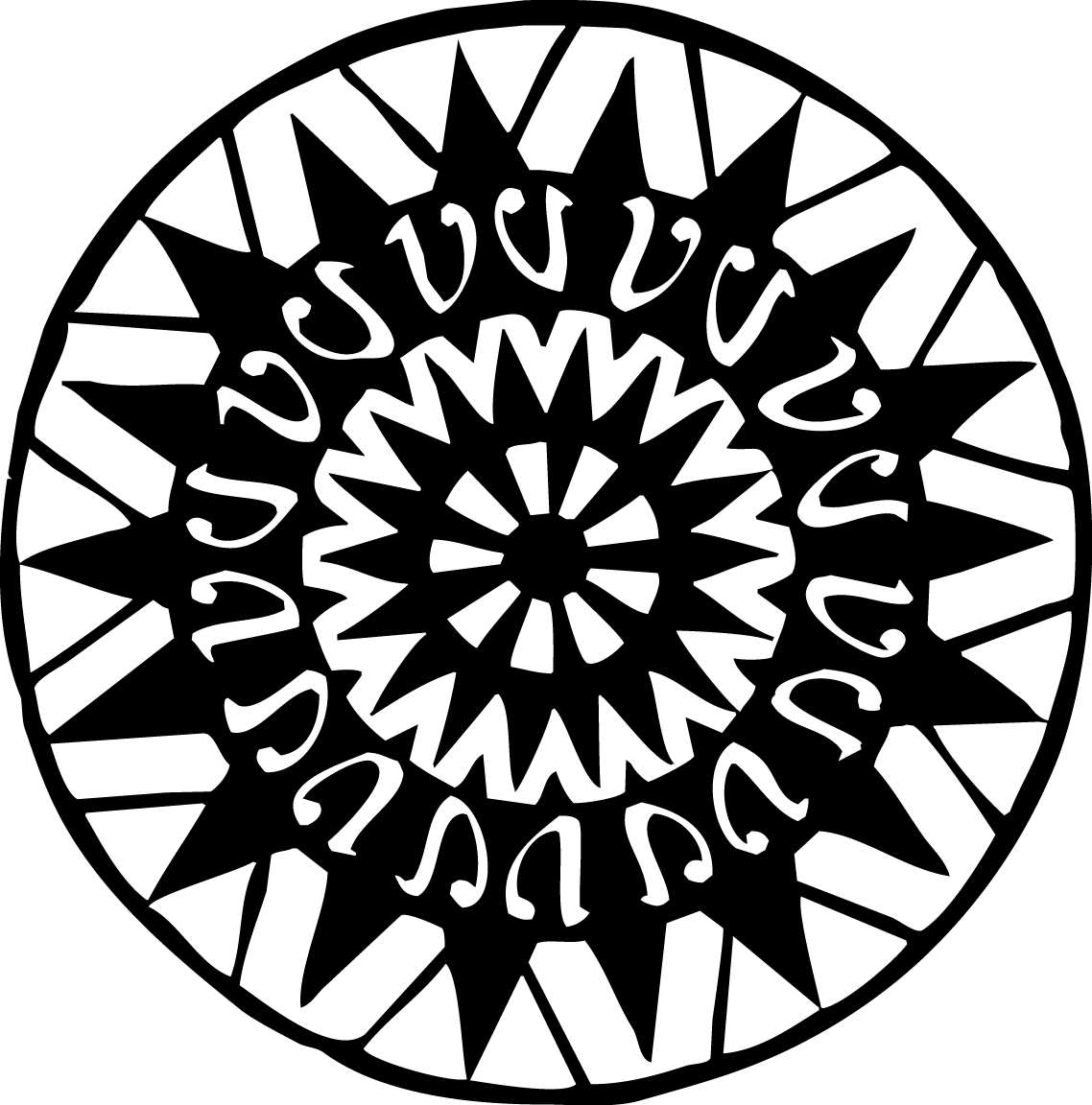Beam is a remote computing system allowing people to participate in events through a movable computer system controlled by a human in another location.
This video from the developer, Suitable Technologies, explains how it works.
Beam allows you to experience sights and sounds with all the mobility of your peers in that location. Beam makes sense for business meetings and to augment the presence of remote workers on your team. So basically, it's like you, on a Segway, rolling around, listening and talking, in another part of the world.
This year I saw a few Beams rolling around the halls of SXSW. The drivers of the SXSW Beams were people, at home, who had disabilities. Since March, they've expanded the program to make eight art, space, computer and human interest museums accessible to people with disabilities around the world.
Bravo to these eight museums for using Beam to opening up the world to a new audience. I love technology applications that solve real world problems like this (that's what designing for the fringe is all about).
Learn more about Beam and test-drive one of their machines.
Designing for the Fringe: Making dysphagia-safe carrots at home.
The presentation and my notes from my portion of the presentation at South by Southwest (SXSW). My perspective was mostly focused on the utilitarian purpose fo 3D printed food -- particularly for those with Swallowing Disorders (Dysphagia).
Dysphagia is the medical term for the symptom of difficulty in swallowing. Dysphagia brings a major life change. Advancements in the word of 3D printing open the door for more people to enjoy nutritious, fresh food.
A few notes about my submission to the Panel Picker for the 2016 SXSW Interactive festival.
A tiny home could make it easier for my mom to age near us (or for us to live near her).
The US transportation system falls short for the elderly. Understanding why can make it better.
The NEA focuses an entire issue on the arts and accessibility to celebrate the 25th anniversary of the Americans with Disabilities Act. *Swoon*
Stephanie Thomas is cur8able, curating clothing and lifestyle products that are accessible /smart/ stylish for people with disabilities.
A video game, Forget-Me-Knot, helps people understand what it is like to have Alzheimer's.
Headphones help those who are blind use the ATM. Watch and learn.
BrainDance is a collaborative project bringing together dance choreographers, neuroscientists, physicians, philosophers and people with Parkinson's disease to explore movement.
Despite multiple setbacks, Frida Kahlo did not live in the world of the disenfranchised. She lived as a goddess whose entire being is a work of art.
The dying process is messy. It’s hard on everyone. It’s confusing. It’s painful. It’s the beginning of your grief. Talking about it early will help the survivors cope.
The story of one shoe that expands to 5 sizes and last for five years.
Surfing the web, and this website, with a screen reader.
How the blind watch movies, TV and play video games.
Emily McDowell made empathy cards to say all the things that are difficult to say.
As your parents and loved ones grow older you start to notice subtle differences in the way they live their lives. These modifications generally come after something has happened.
Crisis Mappers Network, a large, active, international community of experts, practitioners, policymakers, technologists, researchers, journalists, scholars, hackers and skilled volunteers who are using technology, crowd-sourcing and crisis mapping to answer our humanitarian needs.
Through telepresence and a Segway-like robot, Beam helps those with disabilities see the world.
Can using 3D printing solve animal protection issues?
A wearable device that allows you to send messages with simple gestures.
The get-to-know-you card game for people you've known your whole life.
Personal experience helped a Boy Scout create a wearable to prevent Alzheimer's patients from wandering.
A 12-year-old makes a braille printer with Legos. In other unrelated news, I waste a lot of time watching TV.
Banana fibers solve a problem for 50% of the developing world.
Peter and Peregrine are advocating for children and engineers to work together to create solutions.
Lisa Russell speaking about creating empowering film narratives. No more sad documentaries!
Neil Brandvold speaking on conflict journalism and what it's like to be a witness to culture changing moments.






























Discussing Designing for the Fringe on the 3D LILA Podcast.